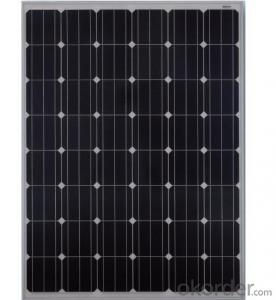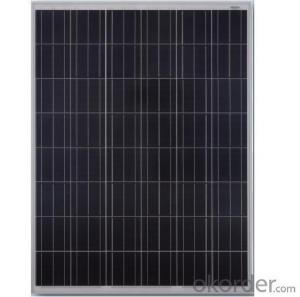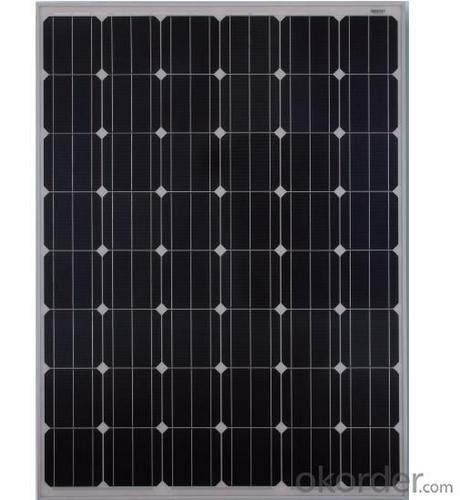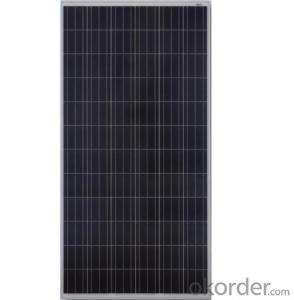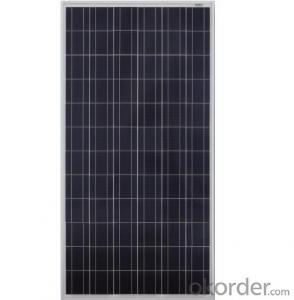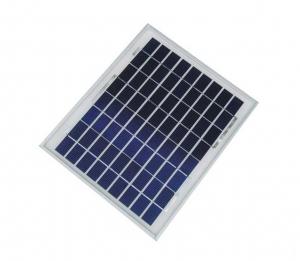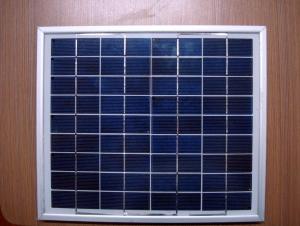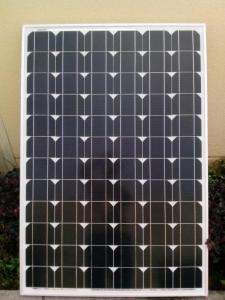Solar Panels 500 Watts Mono Panel Jam6(r) 48 220W
OKorder Service Pledge
OKorder Financial Service
You Might Also Like
JAM6(R)48 205-225W MONOCRYSTALLINE SILICON MODULE
Key futures:
Full square monocrystalline modules designed for residential and utility applications,rooftop or ground mount.
the latest module manufacturing technology,high power output and highest conversion effciency of 17.15%
Anti-reflective and anti-soiling surface reduces power loss from dirt and dust;
outstanding prformance in low-light irradiance environments;
excellent mechanical load resistance:certified to wothstand high wind loads (2400pa)and snow loads(5400pa)
high salt and ammonia resistance certified by TUV NORD
Datasheet:
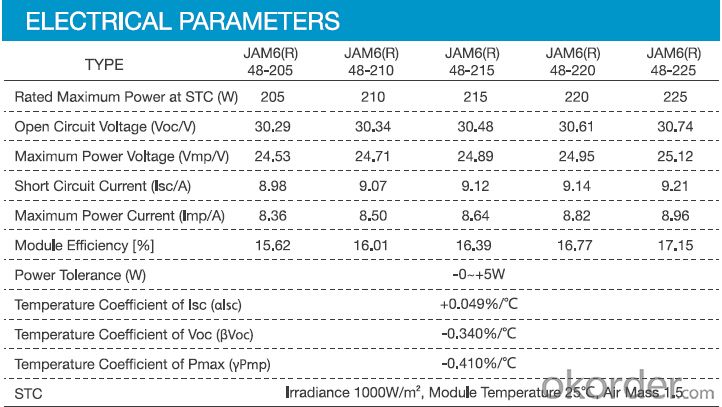
- Q: How will i construct solar panel?
- For powering a something that works on DC, like a gate opener, Elaine is right, and in some cases only ONE bigger cell is sufficient due to battery storage; however if the appliance is 20v AC, then an inverter is needed also. MOST of Elaine's answer is good, but a few corrections are needed: Plywood - use EXTERIOR grade only, and even then it can warp; chipboard or waferboard is preferable as it does NOT warp, BUT is not available most places in 3/8, /2 nominal, (5/32) is usually the thinnest available, and it is heavier than plywood. DO NOT use particle board. Superglue - NO, it dries too fast to be useful, in most cases. Wires - For a single cell OK, but for larger panels the best wire is tabbing wire, (which is flat,) which is available from all commercial solar cell dealers. Be very careful soldering this to the cells, as unless you buy the expensive flexible cells, they are easily damaged; I suggest also getting flux pens with liquid flux. Diode - Necessary, but needs to be large enough to handle voltage and current. Usually 25v and 5-30 amps,, one per panel. Plexiglas - OK, but NOT as long lasting as glass; best glass is the special solar glass which is designed to pass almost all of the proper light frequencies, but IS expensive, and usually needs to be specially ordered since most glass stores do not stock it. Double panes work well with the outer pane glass and the inner plexiglas, (to protect the cell if glass broken,) IF where might get damage, such as 'ground' mounting. AND Frame kits are available for larger panels, but IF you make your own, a good table router is a great advantage. Inverter - IF used for 20v AC appliances you MUST have an inverter capable of handling the load, and the best ones are modified sine, or true sine, wave types, and even the best are less than 50% efficient. Note that they will last longer if NOT used at more than 2/3 capacity.
- Q: What maintenance is required for solar panels?
- Solar panels require minimal maintenance. Regular cleaning of the panels to remove dirt, debris, and any shading objects is necessary to ensure optimal performance. Additionally, inspecting the panels for any damage or malfunctioning components is recommended. It is also important to monitor the system's performance and keep track of any changes. Overall, solar panels are designed to be durable and require very little maintenance.
- Q: So, I've seen cheap solar panel kits for sale from Harbor Freight, and regardless of whether or not I were to buy a set from them or someone else, I was wondering what the process of implementing a small-scale solar system into your household electrical system would be.I've read articles that started out too in-depth or were speaking of systems on a much larger scale.Can it be as easy as buying the panels and inverter, and plugging it into a socket, or is there more to it?Some of the articles I was reading had mentioned having to contract with your electrical supplier, having to have an electrician tie it all in in some special/ necessary way, using a battery pack (would this be necessary for a tied-in system?), or using the system to only power single items, like a water heater, or plugging items into a connected battery-pack, all of which I'm not sure is necessary or needed for what my goals/ means are/ would be.
- Solar panel produces DC power that cannot be used directly by any electric device at house. Besides, it produces very little current unless its size is big as your roof. To convert DC power into AC power requires even more investment, like a huge storage rechargeable battery bank and very high power DC to AC converter . That is not worth to try it to supply whole house electricity with solar power . That might cost you at least U$20,000 to start with and never ended weekly maintenance. You could only try it just for fun to let it light up a few LED directly without the need to add any extra parts to it.
- Q: How does Solar Panel make Electricity ?
- photons excite electrons in the silicon to a higher energy level
- Q: If I wanted to add solar panels to my home to produce on average, 8 kWh of electricity daily, how much do you estimate it would cost using state of the art technology?I live in Virginia (Washington DC Metro Area), and I have Dominion Power. I pay the following electric rates:Jun-Sep $0.0904/kWhOct-May $0.0776/kWhAnnual Ave: $0.0824/kWhDistribution charges add on approximately another $0.0228/kWh.How long would the ROI for an 8 kWh/day solar system be?
- Figure 8 hours of sun per day, so 8 kW-hr is a rate of kW, which is a medium sized panel, probably not enough to operate your house totally, unless you have a very small unit. Averaged over 24 hours, that is power at a rate of only 300 watts, enough for a TV. Average US home use is .2 kW, which over 24 hours is 29 kW-hr, plus you need extra for cloudy days, peak demands, and to charge batteries. You have to decide off-grid or on-grid, and if you want to (and are allowed to) sell excess power to the power company. Off gird, the cost of batteries and charge controller are a large part of the cost. On-grid, you have to purchase equipment approved by the power company to match your power with the grid. Panels will cost about $3 per watt, so for 000 watts that is $3000. Double that for installation, then add in cost of charge controller, inverter, batteries, etc. The last items depend on your alternatives, see paragraph above. .
- Q: I have purchased a 2 volt LED lantern from argos, it comes with a built in 6 volt 4ah sealed acid battery. What I wanted to know is would I be able to charge it using my 6 volt solar panel?
- You okorder /... ] But I would suggest you contact . If you email, be prepared to provide more detailed specifications on your 6 volt solar panel and lantern data. You may just have to purchase a RECHARGEABLE 6V 4ah battery from them. Best of wishes.
- Q: Has anyone actually used those kits online like energy4green or earth4energy to build their own solar panels or windmills? I'm so tempted but with my budget can't afford to waste any money. They have a 60 day money back policy but that doesn't include the money used to buy the supplies to try and build the things. My electric bill is almost $300 a month due to my stay at home disabled veteran husband who went from Utah snow to Florida sun and he has to have the AC on really cold. If anyone has actually built one can you tell me of your experience and if it actually is worth the money? I do lots of D.I.Y. projects but am a novice with electric besides installing a ceiling fan and changing out a light switch.
- Electric panels are not feasible for most people. They are two super thin layers of polarized material. When the sun hits them electrons move from the first to the second layer with an amount of force. You can't duplicate that at home. What you could do is setup solar heating panels and run them against a Stirling engine. This technique is typically more efficient than normal electric panels anyway in industry. They have heat on one side and cold on the other to generate force. Hook that to any generator to produce electricity. If you are successful building a home system, blog about it, others will want to know precisely how you did it.
- Q: How do solar panels affect the environment?
- Solar panels have a positive impact on the environment as they produce clean and renewable energy, reducing the need for fossil fuels. They help decrease greenhouse gas emissions, air pollution, and water usage associated with traditional energy sources. However, the production and disposal of solar panels can have some environmental impact, including the use of certain materials and energy during manufacturing. Overall, their benefits outweigh the potential drawbacks.
- Q: How Is heat From the Sun Transferred into Currents From solar Panels? (Explain Deeply Please)
- This okorder /
- Q: Can solar panels be installed on educational institutions?
- Yes, solar panels can be installed on educational institutions. In fact, many schools and colleges are embracing solar technology as a way to reduce energy costs, promote sustainability, and provide educational opportunities for students. Installing solar panels on educational institutions not only helps in generating clean energy but also serves as a tangible example of environmental responsibility and renewable energy solutions.
Send your message to us
Solar Panels 500 Watts Mono Panel Jam6(r) 48 220W
OKorder Service Pledge
OKorder Financial Service
Similar products
Hot products
Hot Searches
Related keywords
